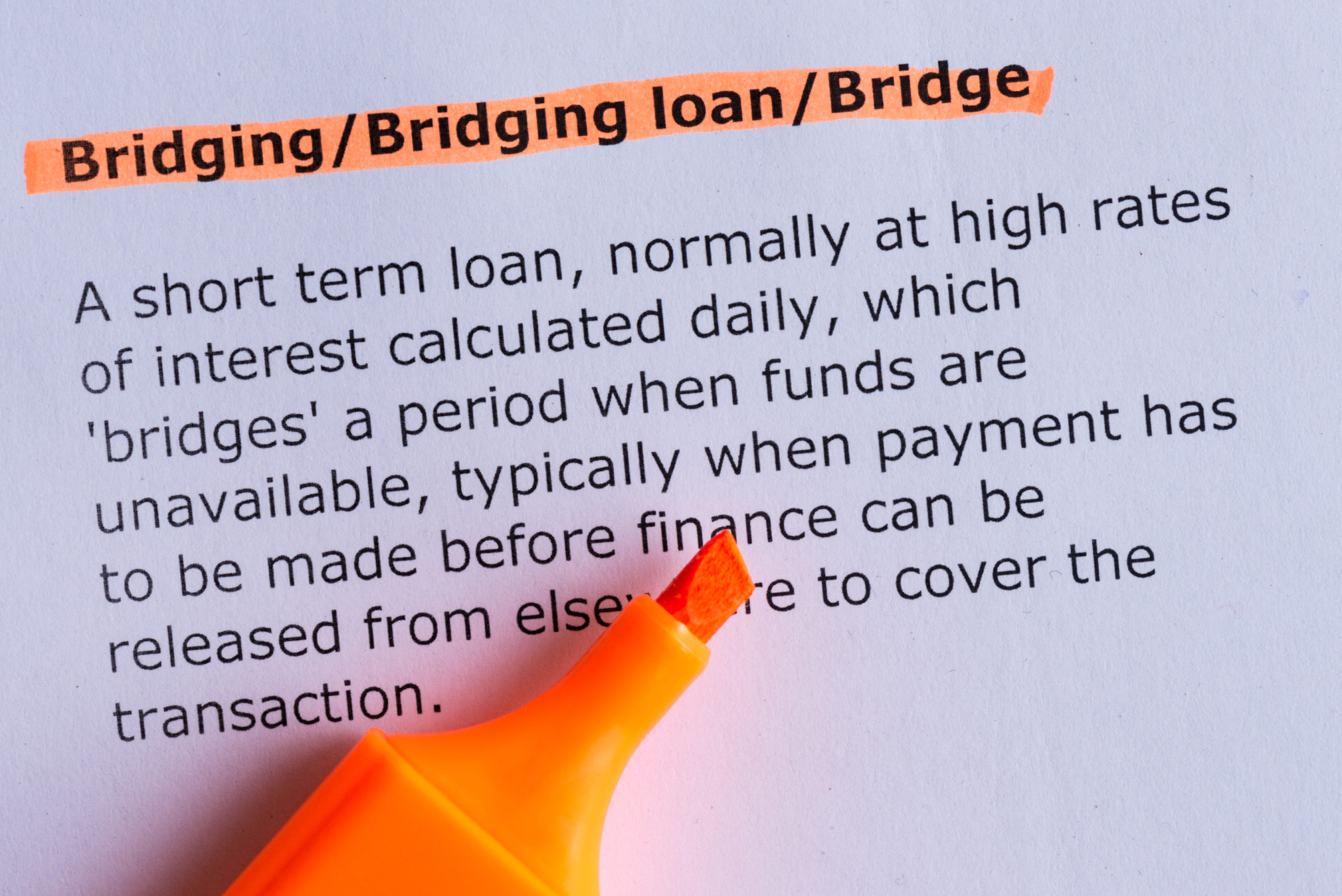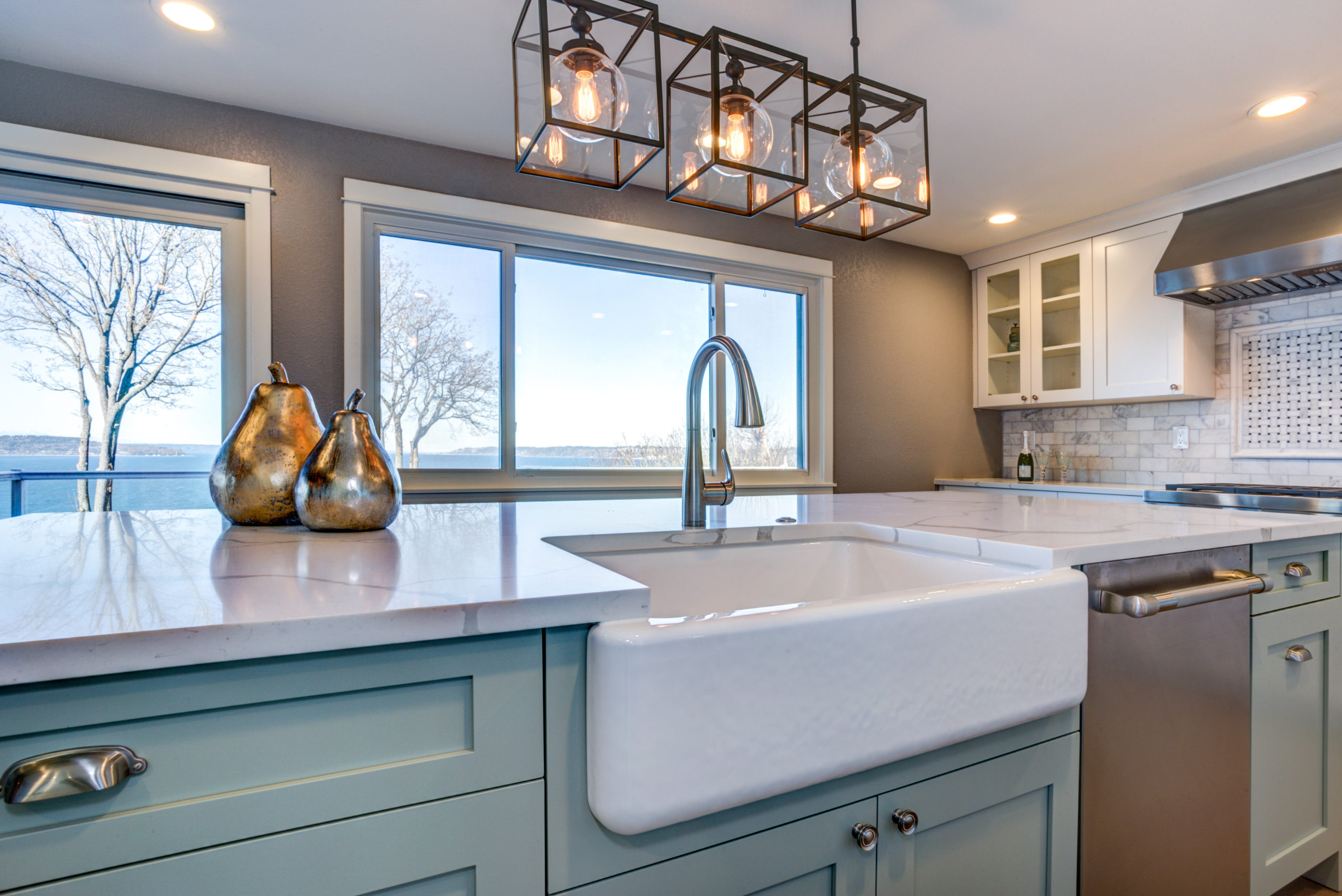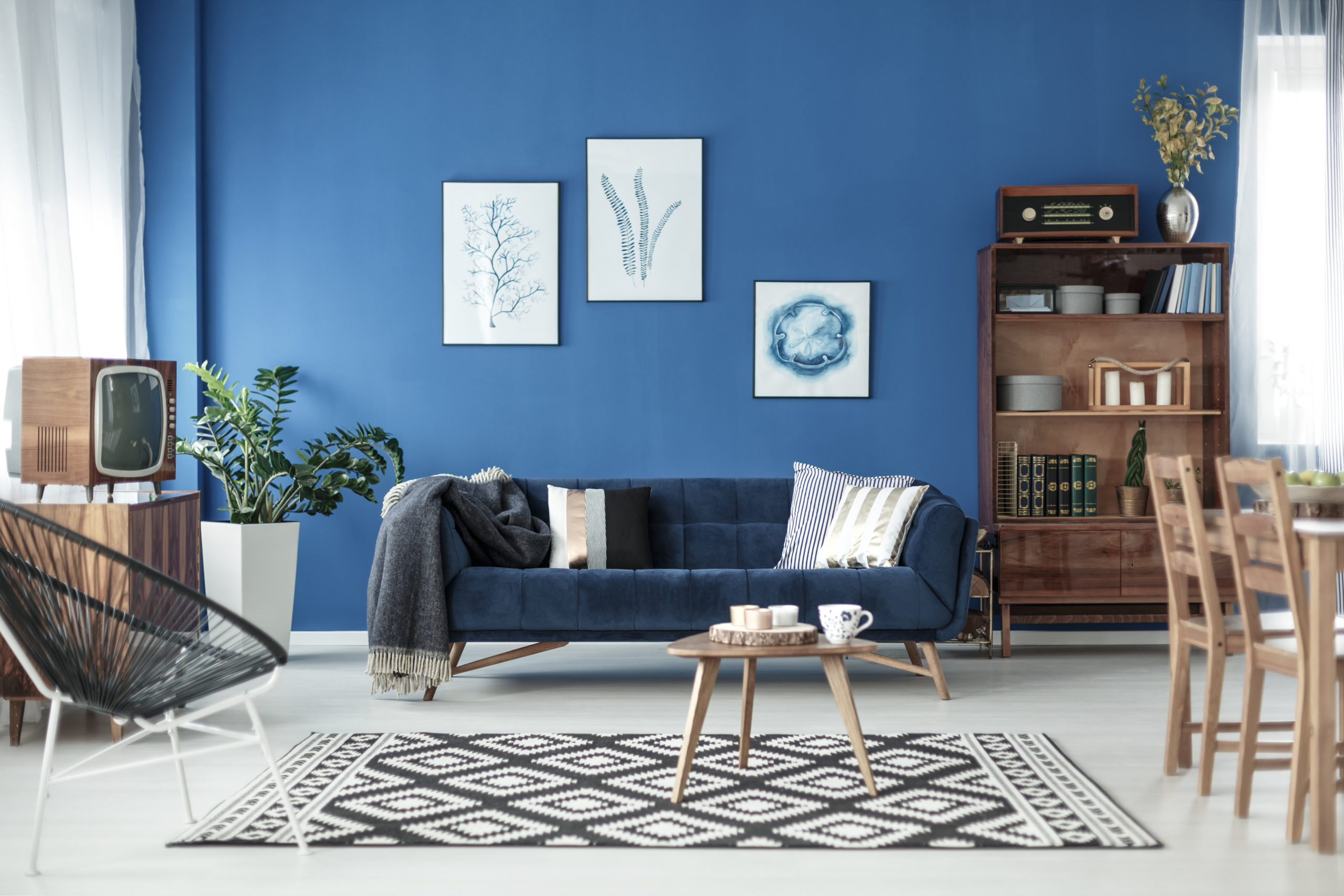Blog
- Details
- Hits: 201
7 Tips for a Smooth House Move With Children

You’ve been looking at houses, dealing with potential buyers, managing the purchase of your new home and selling your old place, and now it’s finally setting in that a big move is coming. Even if you’ve found your dream home in the perfect area, the whole experience can still be stressful, especially when you’re moving home with children.
Uprooting your life might make sense to you, whether it’s for a new career opportunity, to be closer to family, or for a necessary lifestyle change. Your kids, however, may not be as understanding, since everything they know and are comfortable with is about to change. But, the process of moving with children doesn’t need to be a nightmare for the whole family. There are a few tips you can use to help the move go as smoothly as possible.
Tell Your Children As Soon As Possible
Some parenting experts recommend telling your children as soon as you can. It may be difficult to hide for very long anyway, as you’ll most likely have potential buyers popping in and out of your house, and your children will pick up on the fact that something is going on. You don’t want to hide anything from them because that will only add to the stress for all of you, so tell them early to help them feel included. If they’re up for it, you could also involve them and make it more exciting by letting them help choose the new house and plan what they want to take with them. However, some experts recommend only telling them a month before the move, as it gives them enough time to prepare but not too much time so that they ponder on it for too long. Whatever you decide, make sure to keep them informed and feel as though they’re being involved, even if the decision to move was your own.
Allow Them to Get Upset
It may be heartbreaking to watch, but when your children cry or throw tantrums, you need to remember this kind of reaction is normal and to let them be upset. Their entire lives are changing, and the move may be separating them from friends, beloved family members like grandparents, or a childminder they have known their whole lives. Be understanding rather than angry that they aren’t accepting the changes right away. Each child is different and accepts change at their own pace, but it usually takes around six months for kids to get comfortable with their new life in a new place.
Talk About What Will Remain the Same
With so much change happening, the stress can be overwhelming for your kids. Instead of focusing on what’s going to be different, remind them of everything that will stay the same. Their rooms may be different, but all their belongings will be the same. Their school may be different, but all their after-school activities will stay the same. It may still be hard for them to focus on what’s the same, so do your best to remind them as much as you can.
Keep Your Old Routines
Just because you’re in a new place, it doesn’t mean your old routines should change. Remember, you need to keep some aspects of your old life constant for your children to help them adjust, and one great way of doing that is to keep at-home routines going. If you have a family game night, keep that consistent. If they have specific after-school routines, make sure to follow them as best you can, even if some aspects change slightly.
Get Everyone Ready
Don’t let moving day sneak up on you unprepared! Starting the moving process as early as possible will help avoid a last-minute rush to pack and clean and will make your whole family feel prepared. It’s also helpful to make a ‘moving week plan’ with your family, down to the last detail, including what meals you’ll eat and where, who will be travelling in which car, and which belongings they can bring for the car journey. It’s also useful to pack an overnight bag for everyone for both the last night in your old home and the first night in your new one, so you don’t have to worry about immediately unpacking after a long day when you get in.
Have ‘To Do’ Lists
If your kids are old enough to handle simple jobs, create to-do lists for them to help them feel included and get some of the easier tasks off your own list. They can help with packing up their own belongings into colour-coded boxes or help with cleaning. If you have a to-do list, and they have one as well, it will feel like you’re all in this together.
Let Your Children Voice Their Opinions
Giving your kids a say in the entire moving and packing process will help them feel like they have more stability and control over the changes in their environment. Ask them what their opinions are about things like what to pack and how to decorate their new rooms, but also make sure that they feel heard and considered.
But, it’s not enough to just ask – you must also follow through and listen in order to make them feel comfortable and to ensure your move with children is as smooth as possible.
For helpful advice on all aspects of moving home, contact our friendly team at Warren Powell-Richards and we will be delighted to help. You can call us or drop into our office.
- Details
- Hits: 274

A Bridging Loan Should Be Viewed As A Short Term Financial Solution
Home buyers who are seeking solutions to their short-term financial issues may have heard about bridging loans but may not know what they are. Fortunately, our expert team at Warren Powell-Richards is on hand to give you all the information you need about what these loans are and when you can use one.
What Can I Use a Bridging Loan For?
A bridging loan is a short-term borrowing solution that is commonly used as a bridge between selling your property and buying another. Typically, a bridging loan can be used to:
- Bridge the gap if your home buying chain falls through.
- Purchase a property at an auction.
- Purchase buy-to-let properties quickly with no mortgage or deposit in place.
- Purchase a fixer-upper which is unmortgageable.
- Develop a property.
How Does a Bridging Loan Work?
A bridging loan is different from a standard mortgage since it isn’t tied to income. You can borrow amounts from £50,000 up to as much as £10 million, however, this type of loan can be risky since it must be secured against some form of collateral, typically a property which you could lose if you cannot repay your loan.
The amount of the loan will depend on equity and usually, the maximum amount you can borrow is 75% LTV (loan to value) including interest. The lender will also want to know how you plan to pay off the loan before granting you the money. There are several different exit strategies but the most commonly seen include:
- Property sale – you repay the bridging loan once you complete the sale of your existing property.
- Cash redemption – this is a good solution if you expect a pension pay out or the maturing of an investment soon.
- Flipping – you repay the loan once you’ve completed the work on the property you’ve bought and resold it.
Are There Other Costs Associated with Bridging Loans?
A bridging loan often incurs other fees as well as your interest repayments such as:
- Administrative fees
- Valuation fees
- Arrangement fees
- Legal fees
- Broker fees
Often, these will be a percentage of your total loan, and checking the amount you’ll pay before signing the agreement is essential.
Is There More Than One Kind of Bridging Loan?
You may have either a closed or an open bridging loan. With an open bridging loan there is no fixed repayment date, but you’ll usually have to make full repayment within one year. With a closed bridging loan, you’ll have a fixed date for repayment and therefore, being accepted is more likely and the rates are usually more favourable.
What Are the Advantages and Disadvantages of Bridging Loans?
Advantages:
- It’s quicker and easier to get a bridging loan than a mortgage.
- You can finance purchases not covered by standard mortgages.
- You can borrow high amounts from £50,000 to £10 million.
- You can arrange repayment terms to suit you depending on your planned exit strategy.
- You can use them for many different property buying scenarios.
- You can usually avoid an early repayment charge with a bridging loan.
Disadvantages:
- The interest rates are high
- There may be costly extra fees.
- You put your assets at risk if you take a bridging loan out.
Is There an Alternative to A Bridging Loan?
Although a bridging loan could be the solution you’ve been looking for, there are some other options which could suit you better depending on your circumstances. These include:
- Obtaining a secured loan
- Remortgaging your home
- Taking out an unsecured personal loan
- Getting a let-to-buy mortgage
- Asset refinancing
If you’re ready to buy a property, give Warren Powell-Richards a call to find out more about how we can help. Alternatively, check our website at wpr.co.uk to see some of the local properties we have listed for sale.
- Details
- Hits: 310

If you’re thinking about buying a place of your own, you’ll need to decide which type of property you want to live in.
While the price can often be a huge deciding factor, houses are not always more expensive than flats. Sometimes, choosing between the two depends on other factors.
In this article, we’ll explore the differences between buying a house vs a flat and share our thoughts on the pros and cons to consider.
What are the Pros of Buying a House?
1. You’ll Have More Control
When you buy a house, you often purchase the freehold instead of the leasehold. With freehold ownership, you have more control over what you can do with and to the property.
For example, you can decorate, renovate or extend your property without needing permission from a leaseholder.
2. You Should Have Free Parking
Generally, buying a house means you’ll have access to free street parking or (if the property has a driveway) off-street parking. In flats, you often have to purchase a parking space – which can be a one-off or annual cost.
However, be mindful that you may need to pay for a council permit to park outside some houses, especially if it’s near a station.
3. You’ll Have a Front & Back Garden
Sizing varies, but almost every house has a back and front garden.
This means you’ll need to do more maintenance. But, more importantly, it also means you can enjoy gardening, decorating your front garden, and having access to private outdoor space.
What are the Cons of Buying a House?
1. You’ll Have More Responsibility
Since you normally own the freehold when you buy a house, you’re responsible for maintaining everything related to the property. This can include upkeep of things like fences, drains, windows, boilers, gardens and the roof.
What are the Pros of Buying a Flat?
1. You’ll Have Less Responsibility
Even though you still need to maintain your home, most flats offer leasehold ownership. This means that, while you own the flat, someone else owns (and is responsible for) the building.
Within your lease, your ‘landlord’ may be responsible for things like cleaning the windows or arranging costly building repairs.
What are the Cons of Buying a Flat?
1. You’ll Have Less Flexibility
Sometimes, leasehold ownership comes with restrictions. For example, the lease may prohibit things like laying hardwood flooring or having a pet.
2. There are Extra Charges
When you buy a flat, there are normally more charges than a house. For example, you’ll need to pay rent and service charges (which can change annually) to pay for general building repairs.
How to Decide Between Buying a House vs a Flat
Choosing between buying a house vs a flat depends on many factors.
Before you decide, consider the following:
- What you can afford
- How long you plan on living there
- How much responsibility you want
- How important outdoor space is to you
- What parking access you need
Or ask a local estate agent for advice.
Enquire Today
If you need help deciding which option is right for you, Warren Powell-Richards are your local property experts. Our friendly team are happy to discuss our properties and help you decide which one is right for you.
Give us a call today or email us at This email address is being protected from spambots. You need JavaScript enabled to view it. to arrange a call back.
- Details
- Hits: 269

While country kitchens are not a new and emerging trend, the style continuously finds innovative ways to reinvent itself.
Particularly popular for those with large families, the country kitchen turns the room into the heart of the home, providing a space to cook, relax, and socialise.
The traditional country kitchen will never go out of style. Whilst interior fashions will continually evolve, we will all love and appreciate this design for as long as time itself!
For many years, people believed that the traditional country kitchen was only available to those with considerable space to work with. However, with a few clever tricks, you can transform just about any size space into the kitchen of your dreams.
Colour is Everything
No traditional country kitchen is complete without the earthy tones we all know and love.
Painted cabinets are one of the most defining elements of a farmhouse style kitchen. Whether you chose a chalk-like textured paint or something with a smooth finish, the colour you opt for will undoubtedly set the tone of the entire room.
Pastel and light shades are favourites for country kitchens, keeping the space bright and airy, yet adding a touch of personality. Sage is a stunning colour for this kitchen style and paired with brass accessories a timeless room can be created that will never go out of fashion.
If you decide on a bolder or more daring colour, do not feel like you have to use it for every cabinet. Using a different colour on the upper and lower cupboards can add an extra dimension to your kitchen.
Invest in Traditional Appliances
Investing in traditional appliances for your country kitchen is an expensive task. You can emulate a fantastic traditional space without these pieces, but incorporating them will elevate the room to the next level.
A classic farmhouse stove is an investment, but one that you will not regret. It will effortlessly tie the whole room together and become a real centrepiece. Investing in big pieces such as a stove gives you the freedom to mix and match with other, maybe more modern elements, yet still retain the kitchen’s traditional look.
If you are working with a tighter budget, do not be afraid of searching the second-hand market. Many beautiful pre-loved items work perfectly and are a fraction of the price.
Traditional or Modern Flooring?
Flooring can make or break a traditional country kitchen.
This one feature has the massive job of tying the whole room together. With such a vast array of options, it can be challenging to know which flooring is best suited to your kitchen and tastes.
Ceramic tiles create a durable, everlasting elegance and are available in pretty much any design, colour, and style. A more muted tile can complement a brighter kitchen, creating a sophisticated interior that wows anyone who enters.
Conversely, a bohemian style can be created with Mediterranean tiles. Or, tie together a traditional Victorian home using black and white checkerboard ceramics.
Wooden floors are a perfect fit for traditional kitchens. If you are lucky enough to have excellent floorboards, they can be varnished or painted to create an effortless flooring solution. However, if you already have exposed woodwork elsewhere in the kitchen, you may prefer a contrasting option to complement the existing features.
Invest in a Kitchen Island
If your floor space affords it, then a kitchen island will surely complete the room. The island creates a focal point. It builds a place for everyone to gather, whilst providing an excellent amount of storage space.
Where space might be tighter, and to add a slightly modern twist, you can consider incorporating a breakfast bar and a kitchen island together. This encourages people to relax in the kitchen whilst you are cooking, making it ideal for dinner parties. Creating a social element to the room whilst developing a multifunctional space.
Concentrate on The Details
The beauty of every room is in its details. Adding antique touches to your kitchen will make the overall finish appear effortless. Use open shelving to display your items proudly.
Switching the plug sockets to ensure they are in keeping with the theme can drastically change the room. Brass details look exceptionally classy. Lightbulbs, light shades, blinds, and curtains should also be carefully considered.
The key to this room is in cohesion. Creating a space that ties together beautifully is not simple, but is well worth the work.
Warren Powell-Richards are your local property experts for the area. Call us or email This email address is being protected from spambots. You need JavaScript enabled to view it. to chat with a member of our friendly and experienced
- Details
- Hits: 250

Whether you have just bought a new home, or you are looking to freshen up where you currently live, it’s important to get the rooms looking right for your taste.
After all, it’s your living space and it’s important that you love it. People often rightly talk about walls and ceilings, tables and chairs, paint charts and colour co-ordination, but often overlook how the “humble rug” can add so much style, colour, and charm!
That’s right, a perfectly positioned Persian rug could make your room more homely, while a faux fur finely placed will add a touch of style.
But can a rug be more than that? We think so.
Here are our top six thoughts on getting the right rug for your home.
- Create a centrepiece with a rug
A sitting room, with a wooden floor can be a beautiful space with the addition of a rug in the centre of the room. Perhaps with a coffee table in the middle, and with seating arranged around it. A rug makes a perfect focal point around which to have a conversation.
You might want to choose a Persian rug, or an oriental rug, square or circular, or a modern microfibre one. Whatever you choose, and price will be a factor, it’s sure to be a focal point and a talking point.
- Make a rug practical
While a rug can add colour and vibrancy to a room, it could also be a functional addition too. A non-slip and washable rug in a kitchen or dining area can prove useful, particularly if you have young children.
Not only can it be cleaned easily, but it will also protect the flooring that’s underneath. A rug doesn’t only have to look great; it can be practical too. It’s super important you ensure your rug doesn’t become a trip-hazard though, particularly when placed in a kitchen. Use non-slip corner pads for safety.
- Inject personality using a rug
A rug can be a statement as bold as you like and can reflect who you are. Big and bright fluffy rugs might show you to be expressive and outgoing, while a more subdued colour and pattern reveal you to be thoughtful and quieter.
It’s about you, as all decor should be, but it might be that it helps you to fill a space in a room. What’s more, you should be able to find one that suits your budget and taste too.
Be careful though! A bright rug bought on a whim may not suit all tastes in your home, or even your taste after a few weeks! What you don’t want to do is buy a rug only for it to be rolled up and shoved in the shed after a month or so!
- Use a rug to connect or divide
Rugs can connect the different parts of your home in a stylish way. Imagine having a striped carpet working its way down your stairs. Then imagine having a similar striped rug running along the hallway, guiding people to other rooms.
You could have slightly different colours but the same pattern on your rugs for different home zone areas, in the dining area or in the sitting room for example. This connects the rooms but highlights the differences too.
- Make a rug into a wall of pattern
When you think of a rug, we’re willing to bet that you think of the floor. Yes, it’s a great place for a rug of course, but have you thought about a rug as a piece of art on a wall?
In Eastern countries, that’s exactly what rugs have often been used for. In bygone days, tapestries and rugs were hung from the walls of medieval English properties too.
While you may not have tapestries that depict battles between kings, a wall-mounted rug can add so much character to a bare wall.
- Size of rug matters
If you have a large room and only have a postage stamp-sized rug, it will look out of place. Likewise, if you have a small room and the rug fills everywhere, you may as well have purchased a carpet instead! So, getting the size right is important. Design, style, and function all play a part, but think of the visual aspect in terms of room size too. Size does matter.
Buying a rug, selecting wallpaper, and other decorating tasks take time and thought, and we have bags of advice we can offer.
Warren Powell-Richards are your local property experts for the area. Call us or email This email address is being protected from spambots. You need JavaScript enabled to view it. to chat with a member of our friendly and experienced team.





ALTON | FARNHAM | GODALMING | GRAYSHOTT | HASLEMERE | LONDON